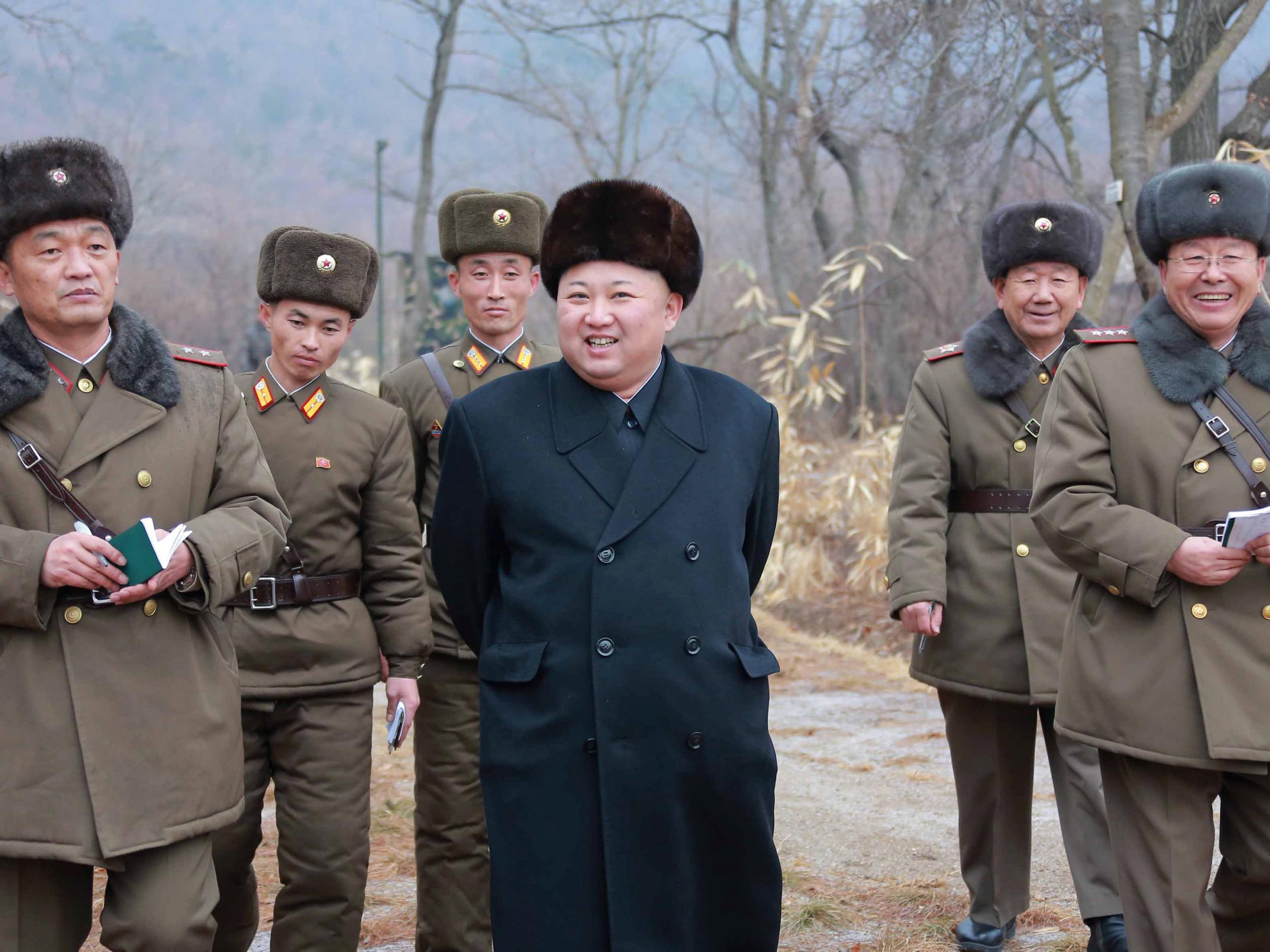North Korea may 'test-launch new intercontinental missile on day of Donald Trump's inauguration'
Pyongyang has leaked existence of the missiles to 'send a message' to President-elect, claims South's media

Your support helps us to tell the story
From reproductive rights to climate change to Big Tech, The Independent is on the ground when the story is developing. Whether it's investigating the financials of Elon Musk's pro-Trump PAC or producing our latest documentary, 'The A Word', which shines a light on the American women fighting for reproductive rights, we know how important it is to parse out the facts from the messaging.
At such a critical moment in US history, we need reporters on the ground. Your donation allows us to keep sending journalists to speak to both sides of the story.
The Independent is trusted by Americans across the entire political spectrum. And unlike many other quality news outlets, we choose not to lock Americans out of our reporting and analysis with paywalls. We believe quality journalism should be available to everyone, paid for by those who can afford it.
Your support makes all the difference.North Korea may be preparing to test a new enhanced type of intercontinental missile to coincide with Donald Trump’s presidential inauguration, South Korean media have warned.
Tensions on the Korean peninsula have been heightened since the North's leader Kim Jong-un used his New Year speech to say the country was in the “final stage” of developing the weapon.
The North Korean foreign ministry has since said it was ready to test launch the missile “anytime, anywhere”.
While some claims by the isolationist state have been dismissed and ridiculed, some experts said they believed the most recent pronouncements were credible.
The statements have stoked fears the dictatorship is drawing close to its goal of developing a nuclear weapons system that could reach the US mainland.
South Korea's Chosun Ilbo newspaper reported that intelligence agencies had seen missile parts, thought to be the lower-half of an ICBM, being moved in the country.
“It was different from a conventional Musudan missile in its length and shape,” a source told the paper, referring to the medium-range weapons tested by the country in 2016.
“It is possible they were moving it somewhere for assembly.”
The South's Yonhap news agency then reported that two missiles, believed to be fitted with new engines, had been loaded onto mobile launchers.
The reports cited South Korean military officials. Yonhap said Pyongyang had intentionally leaked the missiles' existence to send a “strategic message” to the incoming US President.
South Korea’s joint chief of staff, Roh Jae-cheon, told a news briefing the reports could not be confirmed, but that the military was monitoring the situation.
The two missiles are estimated to be no longer than 15 metres long, making them shorter than the North’s existing ICBMs.
“I don’t recognise the missiles from this description,” Joshua Pollack, editor of the US-based Nonproliferation Review told the South China Morning Post.
“But as we saw in 2016, there’s certainly a variety of active missile programmes underway in North Korea.
“It’s also possible that they are simply conducting field exercises with no plans to launch, or the option to launch if decided.”
Washington-based monitoring project 38 North said on Thursday that activities at North Korea’s Yongbyon nuclear facility appeared to have been “stepped up”.
Satellite imagery of the site showed there was no snow on the roof of the facility, which it said indicated the site was active.
North Korea is understood to be able to process plutonium at the Yongbyon site for use in potential nuclear warheads.
Join our commenting forum
Join thought-provoking conversations, follow other Independent readers and see their replies
Comments